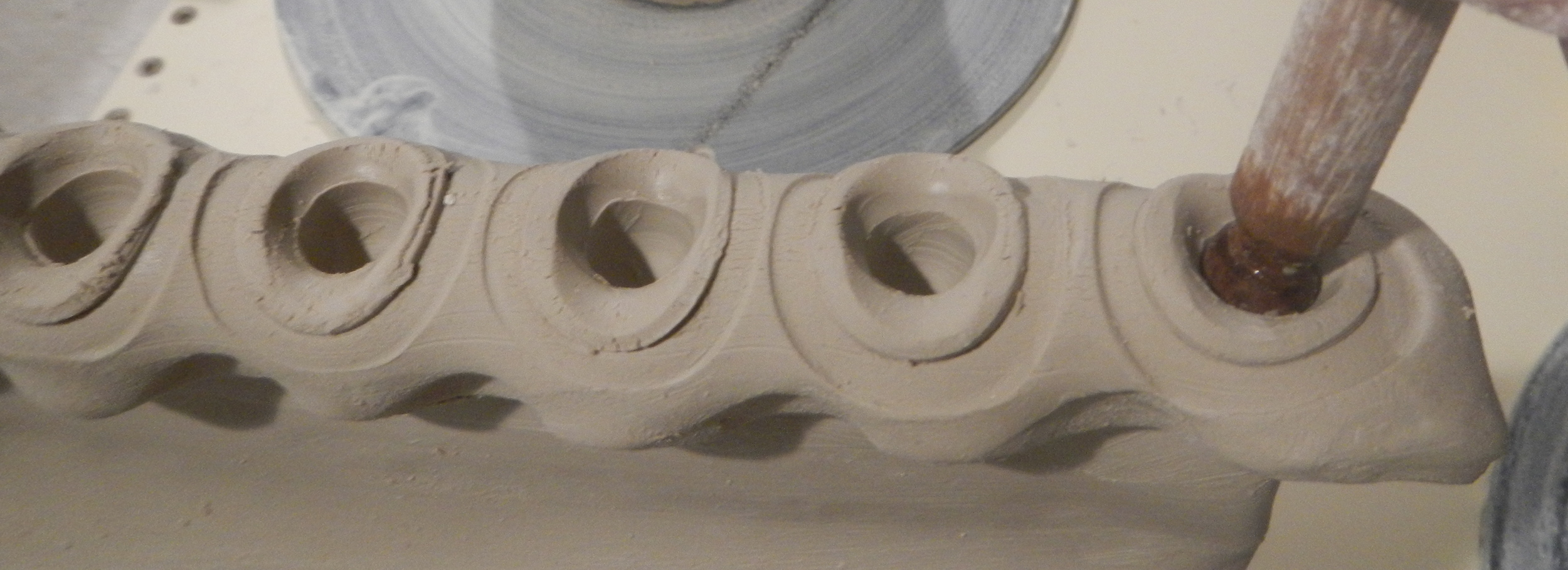Potters’ Guild Hosts Annual Pottery Festival & Sale
Where: Community Presbyterian Church
1459 Deer Path
Mountainside, NJ 07902
(Mimi's friends: Please note that you can bypass the church entrance and come right through the parking lot to the side door to the right, where the show will be in the large, pleasant social hall. See you Sunday!)
When: November 15th and 16th, 2014
Saturday 11 AM to 5 PM
Sunday Noon to 5 PM - I will be there in person only on Sunday, 12-5 PM
Highlights: This increasingly popular event draws hundreds of customers from
throughout New Jersey and the tri state area. Available for sale will be a fabulous
selection of vases, wall pieces, pitchers, teapots, platters, casseroles, raku and pit-
fired vessels in varying colors and styles, and one-of-a-kind sculptures and decorative
objects of art. The show is the perfect place to find a unique item or gift.
Admission: Free and Credit cards now accepted!
Directions: Route 22 to New Providence Rd, Mountainside.
If going east on 22, cross over 22 at New Providence Rd.
If going west on 22, go right at New Providence Rd.
Follow the double yellow lines up the hill to Deer Path.
Go straight ahead to the church.
For more information please go to PGNJ website: http://www.pottersguildnj.org









